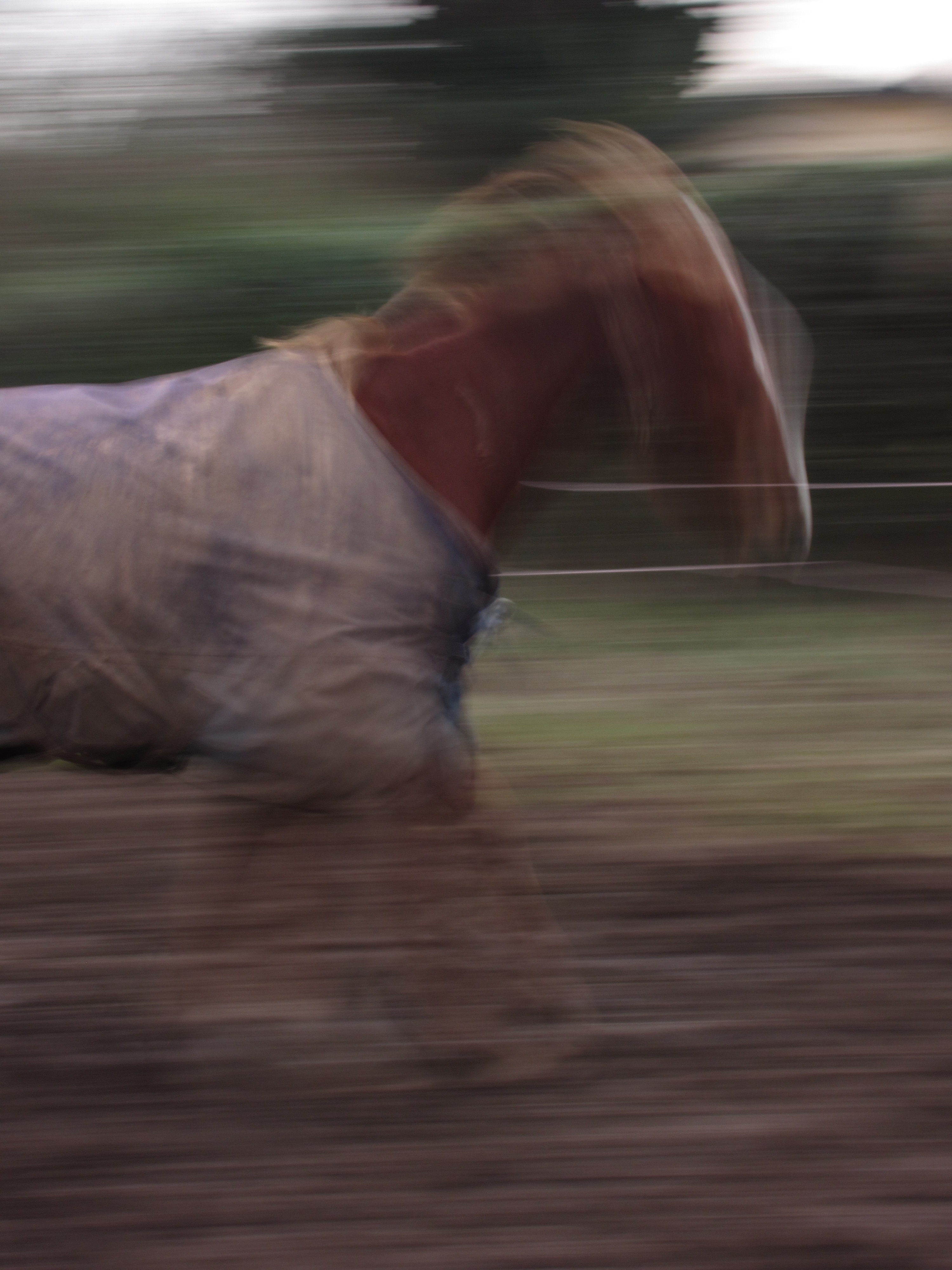Shutter speed
The amount of time for which the shutter is open.
This principle is part of the exposure triangle, as is ISO and Aperture
Shutterspeed is recorded in seconds, and, more commonly, fractions of seconds, the faster the shutter speed, the less likely it is that the image will display motion blur.
The bigger the denominator of the number, the faster the speed (1/1000 is faster than 1/250) . It is hard to avoid camera shake at 1/60 or below, so it is advised that you use a higher setting, or use a tripod or image stabilization.
Shutter speeds available on a camera usually double, unless you are using a more advanced DSLR, as this is likely to have bigger ranges. This can range from 30 seconds, which is usually used for photographing creatively, or astrophotography (tripod is a must) to something as speedy as 1/8000 (extremely fast, but with very shallow depth of field, because the camera had little time to take the scene in.
When photographing a landscape use a slower shutter speed, for a larger depth of field, and when taking action pictures, take it at a fast shutter speed, and choose a very fast shutter speed if you want to freeze the motion, to make it look still.
Remember, doubling the shutter speed halves the light, so you need to widen the aperture, raise the ISO or both, to compensate for the dwindling light supply.
Blur is usually frowned at, and yes, blur from camera shake does often ruin shots, but motion blur can be used to express motion and mood, such as the horse below, who is moving fast, and also feeling grumpy. The image of him shows mood, in this case anger through the motion blur.
An accurate knowledge of shutter speed is essential when using manual or shutterspeed priority mode, and also helps to greatly improve your photography, especially if you enjoy action photography.

Recent Comments